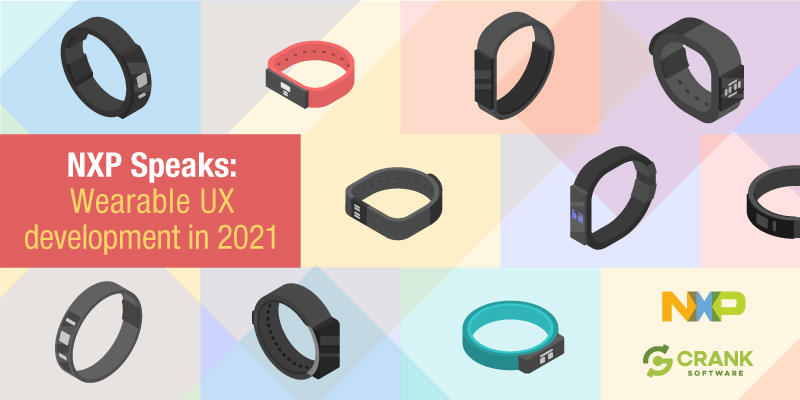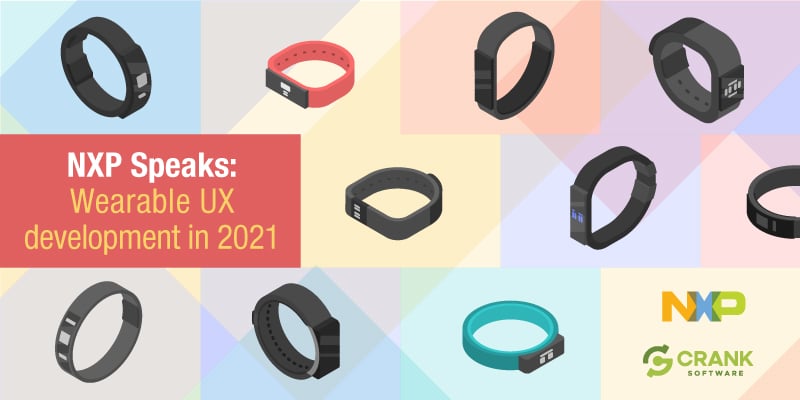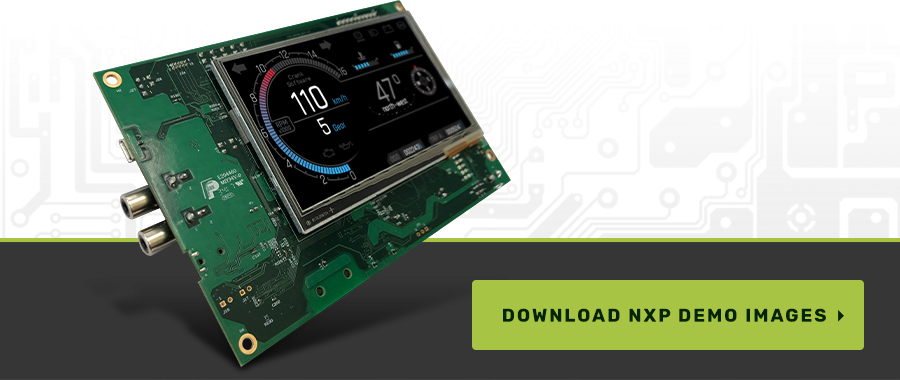
The technology of the future is getting closer. Not only are we getting a peek at what’s possible during this week’s virtual CES 2021, we’re also seeing more sophisticated devices appear right under our noses. Literally.
High-tech wearables dominate CES and are a key focus for NXP Live 2021, an indication of just how big the industry is growing this year. From smart watches to industrial-strength exoskeletons, advances in sensors, materials science, and cloud computing are fueling today’s generation of wearable devices, and propelling growth in new sectors and use cases (it’s also one of our top trends for 2021).
Sitting down with Eduardo Montanez, Marketing Manager of Wearables & Personal Devices at NXP, we discussed the market situation today and what wearable UX development teams should be aware of when building their products.
What are wearables?
Eduardo: I find the “wearables” tag overused and something that has evolved significantly over time. Traditional wearables were devices that were worn on the body, like fitness trackers, headphones, and smartwatches, but now manufacturers are expanding the scope to include any portable device we interact with. With our modern IoT world, we’re seeing all types of form factors to support and enhance day-to-day things, giving the end-user information about their health, where they are, and even helping with their jobs.
My own personal title of marketing manager for wearables has now added the term “personal devices,” so I think that’s a more appropriate term for the breadth and depth of the use cases here.
What industries do wearable and personal devices fall into?
Eduardo: The industry is changing for sure. We’re seeing manufacturers that haven’t traditionally been in the wearables space enter the market, from retail to healthcare. They’re looking at wearables and personal devices as the closest thing to the end user to provide services, whatever they may be.
They’re thinking about things like giving seniors easier and rapid access to emergency services and care, or giving parents geolocation information to know where their children and dogs are. With the COVID-19 pandemic, you’re seeing new use cases for contact tracing and safe distancing in office spaces.
Has COVID-19 shifted consumer attitudes towards wearable technology?
Eduardo: A lot of health providers and medical device manufacturers are seeing personal devices as the best approach to tackle some of the care and well-being challenges resulting from the pandemic. For example, we’re getting more requests about how to use NXP products to develop wearable technology that ensures proper social distancing. By combining localization and connectivity like BLE or UWB, these devices can recognize safe distances and give users haptic and other types of feedback on their displays.
We brought this use case to life within our NXP Live 2021 technology showroom. Check out the Safe Workplace demo available here by going to Mobile domain > Tracking > Safe Workplace.
There’s also a lot of sensors available today that tie directly into the remote processing of health information, an important consideration with today’s physical distancing restrictions. Healthcare workers and medical providers can use telemedicine wearables to measure things like pulse ox (blood oxygen level) and heart rate to assess and determine whether you’re ill or becoming ill.
What are key drivers for wearable UX development teams today?
Eduardo: There’s four key trends that are a must-have for any developer of wearable user experience:
- Battery life - we all dislike the chore of charging our devices every day, so manufacturers must build products that will last longer — a week or months in some cases.
- GUI experience - having a vivid graphical and intuitive experience that matches what everyone is used to from their smartphones will only help differentiate manufacturers from their competitors.
- Connectivity - we’re all connected 24/7 so having different means of fast, cost-effective connectivity — no matter where you are — is critical, whether it’s Bluetooth, Wi-Fi, BTLE, or the growing trend of devices with onboard LTE radios.
- Form factor - we want these wearables to be almost nonexistent and, in some cases, not to be seen on us at all, so we’re having to do more with the hardware integration to reduce the form factor and offer smaller packages.
We’ll see more product launches coming out of CES this week and more opportunities for device manufacturers to capitalize on these trends.
Stay tuned for the rest of Eduardo’s interview, including hardware tradeoffs that wearable UX development teams must make, and key considerations for developers to bring smartphone-like experiences to their products.
Learn more about NXP and Crank Storyboard here, or try out our downloadable demo images for your NXP hardware:
.png?width=180&height=67&name=Crank-AMETEK-HZ-Rev%20(4).png)


